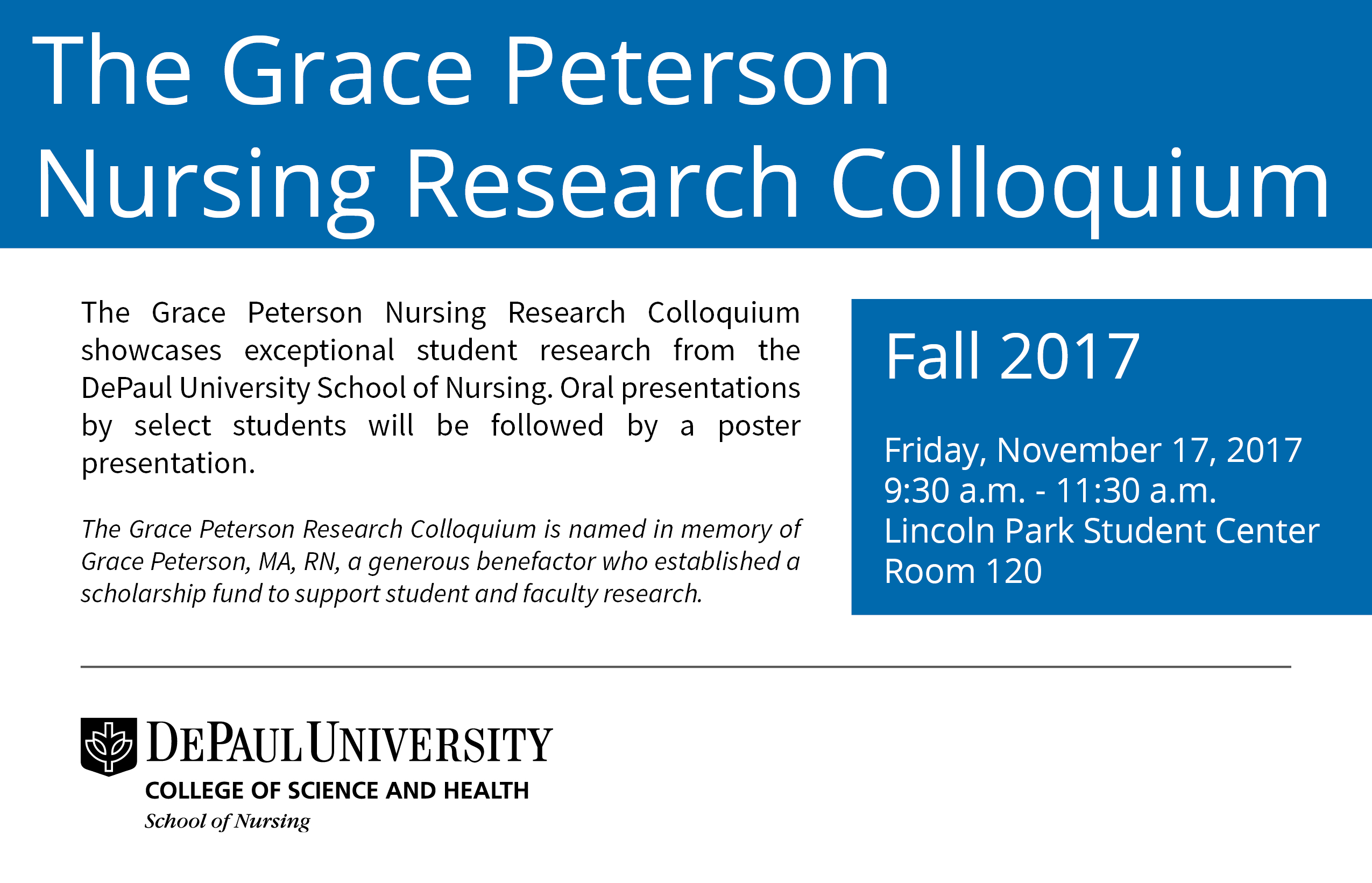Title of Research
Start Date
17-11-2017 10:00 AM
End Date
17-11-2017 11:30 AM
Abstract
Adolescent Idiopathic Scoliosis (AIS) is an orthopedic disorder among adolescents world-wide. The condition manifests as a curvature of the spine which can range from mild to severe. Treatment courses vary, and include a combination of clinical observation, physical therapy, orthopedic bracing and/or surgical intervention. Across treatment modalities, patients with AIS often experience significant physical and psychological changes. The literature points to both positive and negative psychosocial impacts that AIS and treatment cause. The purpose of this study was to compare positive and negative psychosocial outcomes among patients with AIS, relative to various patient and treatment variables. In order to do so, an integrative literature review was conducted. A total of fifteen articles discussing AIS were selected for further analysis. Trends in the literature’s samples, empirical tools, type of treatment reviewed and nature of psychosocial outcomes were observed. Due to the conflicting evidence regarding which variables produce positive versus negative psychosocial outcomes, an individualized approach to providing optimal care for AIS patients is ideal. As individualized treatment plans are created, special attention to patients’ body image perceptions, the type of treatment they will receive and their willingness to remain compliant with treatment is indicated.
Keywords: scoliosis, adolescent, psychological
Included in
Adolescent Idiopathic Scoliosis: An Integrative Literature Review of the Variations in Psychosocial Effects
Adolescent Idiopathic Scoliosis (AIS) is an orthopedic disorder among adolescents world-wide. The condition manifests as a curvature of the spine which can range from mild to severe. Treatment courses vary, and include a combination of clinical observation, physical therapy, orthopedic bracing and/or surgical intervention. Across treatment modalities, patients with AIS often experience significant physical and psychological changes. The literature points to both positive and negative psychosocial impacts that AIS and treatment cause. The purpose of this study was to compare positive and negative psychosocial outcomes among patients with AIS, relative to various patient and treatment variables. In order to do so, an integrative literature review was conducted. A total of fifteen articles discussing AIS were selected for further analysis. Trends in the literature’s samples, empirical tools, type of treatment reviewed and nature of psychosocial outcomes were observed. Due to the conflicting evidence regarding which variables produce positive versus negative psychosocial outcomes, an individualized approach to providing optimal care for AIS patients is ideal. As individualized treatment plans are created, special attention to patients’ body image perceptions, the type of treatment they will receive and their willingness to remain compliant with treatment is indicated.
Keywords: scoliosis, adolescent, psychological


